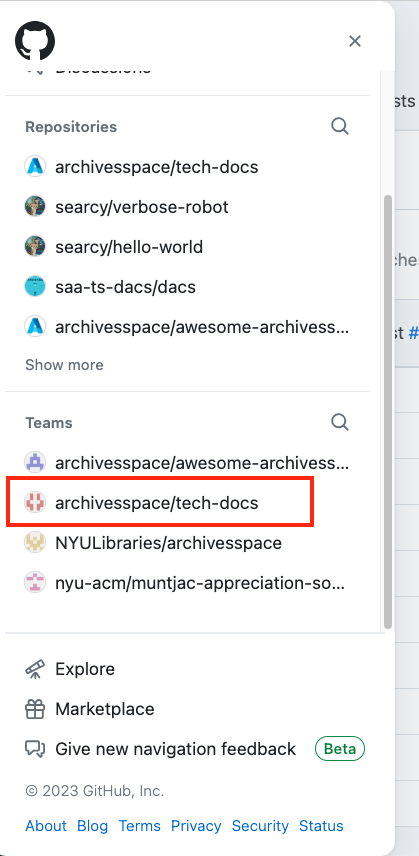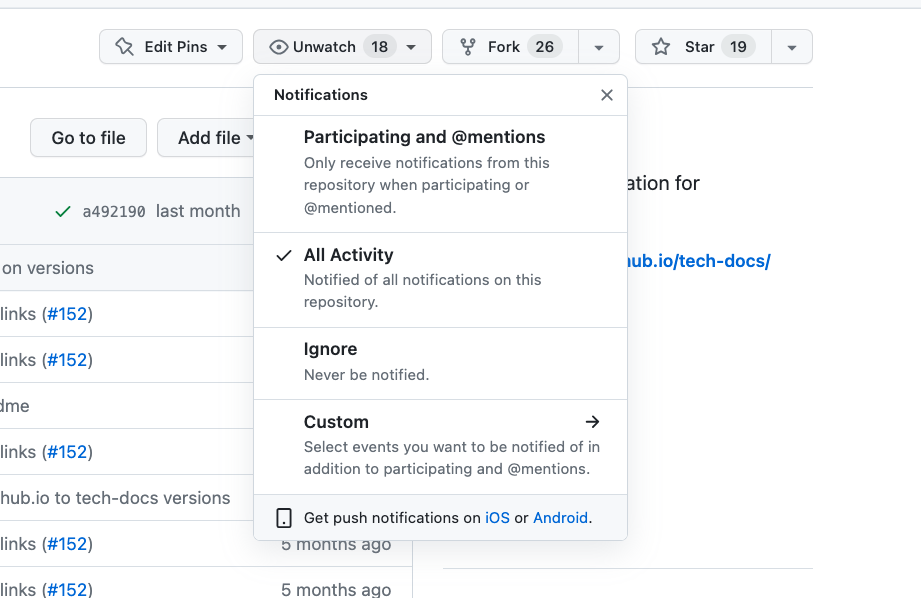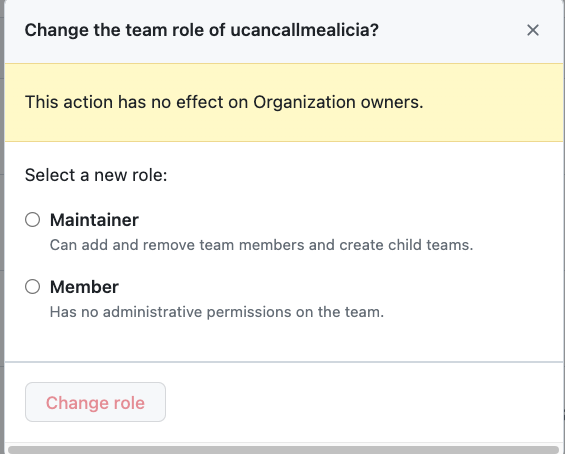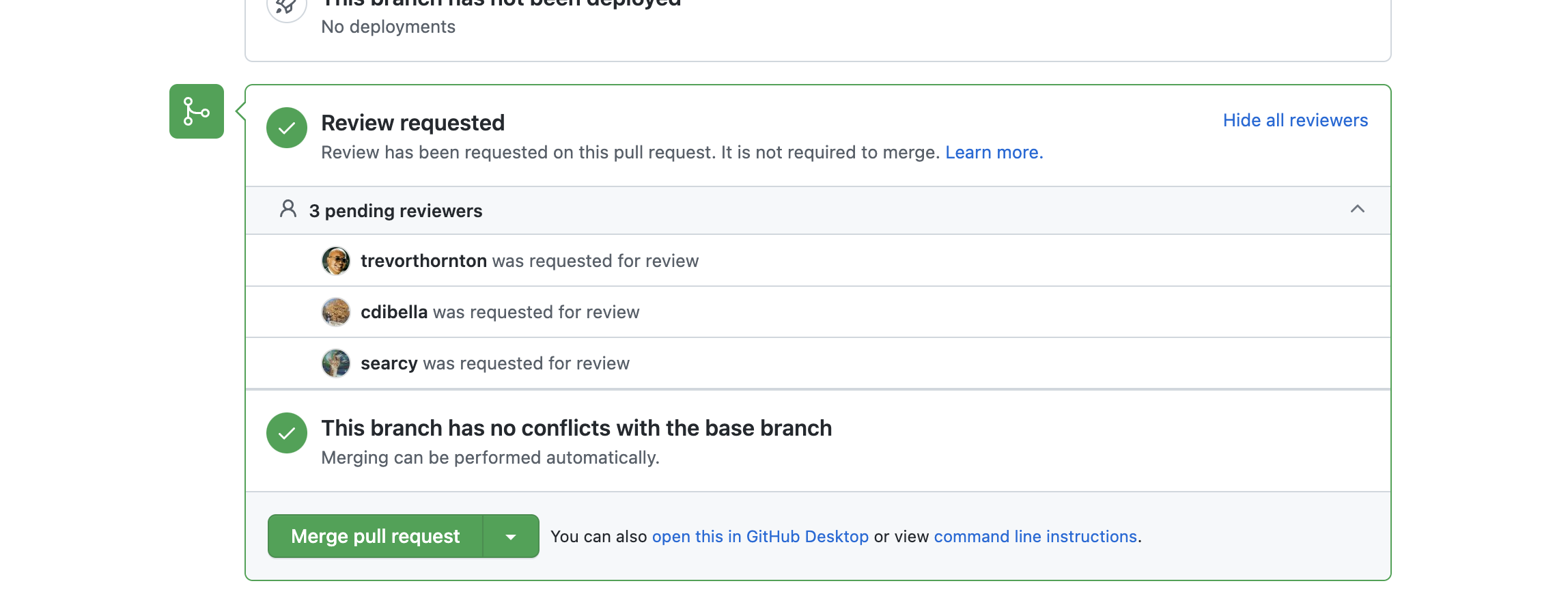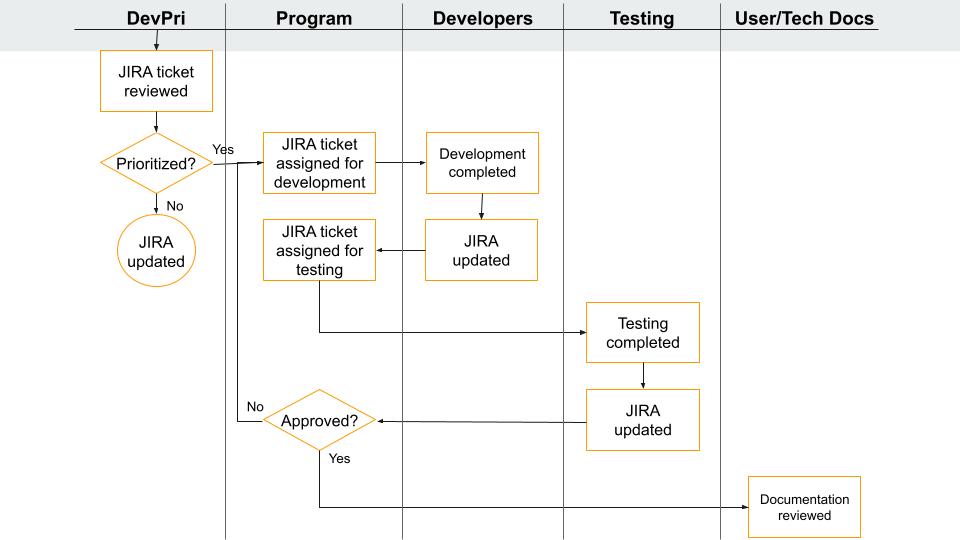This section of the Handbook includes information about the Councils in general and their respective subteams.
ArchivesSpace Governance model
For more details about the Governance Board and Councils, including up-to-date rosters, please see https://archivesspace.org/governance-board-and-councils.
Governance Board
The purpose of the ArchivesSpace Governance Board is to provide leadership for the ArchivesSpace community and advise LYRASIS, the ArchivesSpace organizational home, on the ongoing development and support of ArchivesSpace. The board sets membership policies, reviews and approves budgets and resource allocation, and advises on program initiatives, always with a focus on meeting the needs of a broad and diverse spectrum of archival institutions in a balanced and equitable manner.
The board appoints a member of the board to be the liaison for both TAC and UAC, who attends meetings and is a member of the TAC/UAC Coordinating Committee
Technical Advisory Council
The Technical Advisory Council is a Governance group whose members are appointed by the Governance Board from nominations. This council provides essential community engagement and investment. By design and when possible, the council will include members from each level of membership to ensure that ongoing development represents the needs of all members.
User Advisory Council
The User Advisory Council is a Governance group whose members are appointed by the Governance Board from nominations. This council provides essential community engagement and investment. By design, the council will include several members from each level of membership to ensure that ongoing development represents the needs of all members.
Overview of Subteams
It is recommended that you not only familiarize yourself with your current subteam but the roles and responsibilities of all teams, which will encourage cross-council collaboration and understanding on how work is divided and shared among the Councils. The information below pulls from the subteam descriptions as maintained by each team; if you see an inaccuracy or wish to update the information below, please edit the pages associated with the TAC Sub-Teams and/or the UAC Sub-teams and/or Cross-council teams.
Technical Advisory Council Subteams
Expand the headings below for more information and direct links.
User Advisory Council Subteams
Expand the headings below for more information and direct links.
Cross-Council Subteams
Expand the headings below for more information and direct links.
